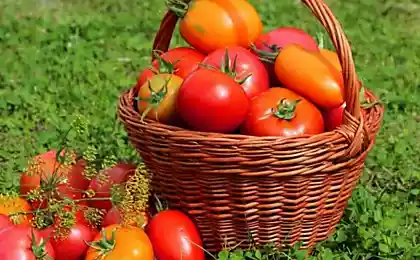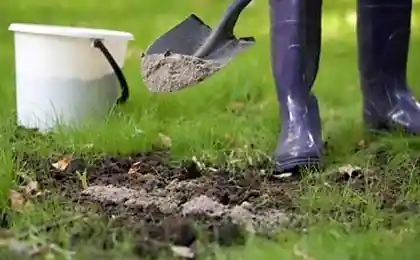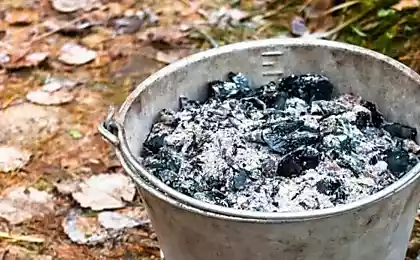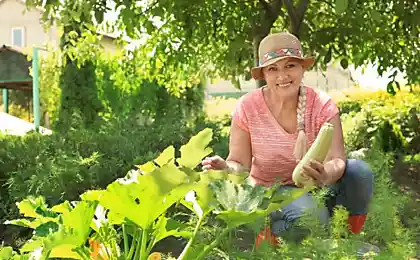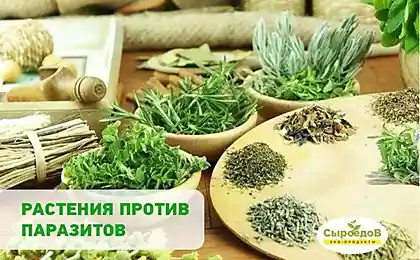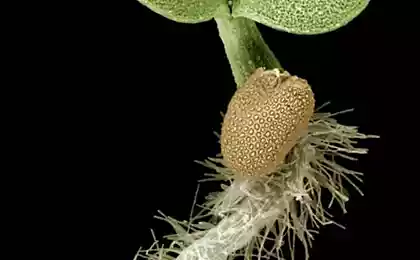487
Incredibly BENEFICIAL properties of the ash
Save not to lose !
1. Ash feeds the plants.
Nitrogen in it, but contains up to 30 elements: potassium, calcium, magnesium, iron, silicon, phosphorus, sulfur, boron, manganese, etc.
Fly ash can replace phosphorus-potassium fertilizer. Thus in wood ashes and in the ash obtained from the combustion of straw, contains a different number of elements.
In 100 g wood ash (1 Cup volume of 200 ml) contains 3 g of phosphorus and 8 g of potassium, 25 g of calcium.
Straw ash contains more nutrients – 5-6 grams of phosphorus, 10-16 g of potassium.
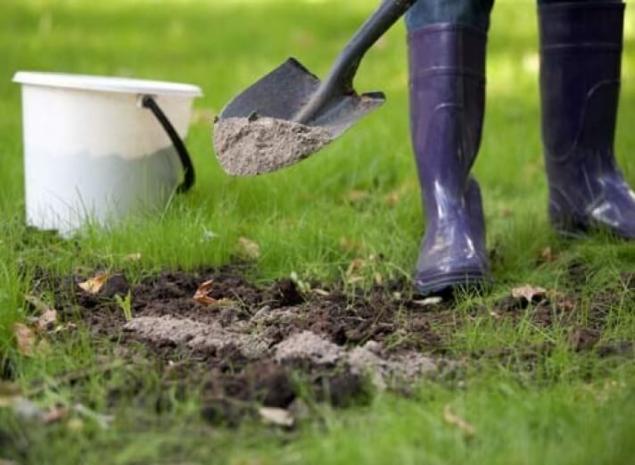
When the spring preparation of the soil (in the fall if it is not fertilized) contribute 100 g ash (1 Cup) per 1 m2, which replaces 1 tbsp. lodges. of sulphate of potash. Also in this modification, the plants will be almost fully supplied with boron, which is almost always lacking on sandy soils.
Some gardeners-gardeners suggest to add 3-5 cups of ash per 1 m2 when digging and loosening the soil (on the sandy soil contribute only in the spring). But this quantity may have a negative impact on the earth's inhabitants (especially earthworms). After all, ash is in fact an aggressive alkaline.
You can make the ash in dry form and in the form of infusion — 1 Cup of ash per 1 bucket of water and use this solution for 1-2 m2 with watering as fertilizing plants.
Regularly introducing ash into the soil for flowers, shrubs, vegetables and even trees improves their nutrition, increases the resistance of plants to disease and weather vagaries.
And the leaves of plants that were fertilized with ash, become stiff and not handle aphids and leaf-eating.
2. With ash, you can deal with pests.
Themselves pests ash kills. But creating an inhospitable environment and makes the leaves more rough and is not available to aphids.
Against pests sprayed daily infusion (100 g sifted ash per 10 liters of water). This shower especially love cabbage, currant and plum.
It is believed that at higher concentrations (up to 1 kg per 1 m2) ash is able to destroy the wireworms.
3. Ash is prophylactic from rot during storage of vegetables.
Ash good sprinkle slices the fleshy roots (e.g., dahlias). This dries the surface and screens various rots.
Well ash to "powder" vegetables, sent to winter storage (potatoes, carrots, beets). It also helps to prevent various fungal and other diseases in plants, which often appear during their storage.
4. Ash contributes to a friendly and fast seed germination, enhanced seedling.
Ash, many gardeners are used for soaking seeds before sowing. On 1 l of water take 2 table spoons of ash, insist 2 hours, strain.
This infusion is also possible to feed the seedlings of vegetable and flower crops.
5. Ash improves soil structure and enriches the compost.
Moreover, the ash enriches the soil with elements, it also reduces its acidity.
When creating the compost heaps or pits are also good to use ash.
Its just in small amounts contribute to the compost, which contributes to the rapid transformation of organic matter in fertile humus and saturates it with useful elements.
But we must remember the advice of experienced gardeners who do not recommend combining ash with manure and ammonium nitrate.
Keep the ash should be in a dry place – when moisture is lost from it potassium.
And some more usefulness that will help to weigh without weights:
1 teaspoon contains 2 g of ash
1 tablespoon – 6 grams
1 matchbox – 10 g
1 faceted glass – 100 g
1 half-liter Bank – 250 g
1 liter bottle – 500 g of ash.
P. S. And remember, only by changing their consumption — together we change the world! ©
Join us in Facebook , Vkontakte, Odnoklassniki
Source: glubinnaya.ru/archives/3647
1. Ash feeds the plants.
Nitrogen in it, but contains up to 30 elements: potassium, calcium, magnesium, iron, silicon, phosphorus, sulfur, boron, manganese, etc.
Fly ash can replace phosphorus-potassium fertilizer. Thus in wood ashes and in the ash obtained from the combustion of straw, contains a different number of elements.
In 100 g wood ash (1 Cup volume of 200 ml) contains 3 g of phosphorus and 8 g of potassium, 25 g of calcium.
Straw ash contains more nutrients – 5-6 grams of phosphorus, 10-16 g of potassium.

When the spring preparation of the soil (in the fall if it is not fertilized) contribute 100 g ash (1 Cup) per 1 m2, which replaces 1 tbsp. lodges. of sulphate of potash. Also in this modification, the plants will be almost fully supplied with boron, which is almost always lacking on sandy soils.
Some gardeners-gardeners suggest to add 3-5 cups of ash per 1 m2 when digging and loosening the soil (on the sandy soil contribute only in the spring). But this quantity may have a negative impact on the earth's inhabitants (especially earthworms). After all, ash is in fact an aggressive alkaline.
You can make the ash in dry form and in the form of infusion — 1 Cup of ash per 1 bucket of water and use this solution for 1-2 m2 with watering as fertilizing plants.
Regularly introducing ash into the soil for flowers, shrubs, vegetables and even trees improves their nutrition, increases the resistance of plants to disease and weather vagaries.
And the leaves of plants that were fertilized with ash, become stiff and not handle aphids and leaf-eating.
2. With ash, you can deal with pests.
Themselves pests ash kills. But creating an inhospitable environment and makes the leaves more rough and is not available to aphids.
Against pests sprayed daily infusion (100 g sifted ash per 10 liters of water). This shower especially love cabbage, currant and plum.
It is believed that at higher concentrations (up to 1 kg per 1 m2) ash is able to destroy the wireworms.
3. Ash is prophylactic from rot during storage of vegetables.
Ash good sprinkle slices the fleshy roots (e.g., dahlias). This dries the surface and screens various rots.
Well ash to "powder" vegetables, sent to winter storage (potatoes, carrots, beets). It also helps to prevent various fungal and other diseases in plants, which often appear during their storage.
4. Ash contributes to a friendly and fast seed germination, enhanced seedling.
Ash, many gardeners are used for soaking seeds before sowing. On 1 l of water take 2 table spoons of ash, insist 2 hours, strain.
This infusion is also possible to feed the seedlings of vegetable and flower crops.
5. Ash improves soil structure and enriches the compost.
Moreover, the ash enriches the soil with elements, it also reduces its acidity.
When creating the compost heaps or pits are also good to use ash.
Its just in small amounts contribute to the compost, which contributes to the rapid transformation of organic matter in fertile humus and saturates it with useful elements.
But we must remember the advice of experienced gardeners who do not recommend combining ash with manure and ammonium nitrate.
Keep the ash should be in a dry place – when moisture is lost from it potassium.
And some more usefulness that will help to weigh without weights:
1 teaspoon contains 2 g of ash
1 tablespoon – 6 grams
1 matchbox – 10 g
1 faceted glass – 100 g
1 half-liter Bank – 250 g
1 liter bottle – 500 g of ash.
P. S. And remember, only by changing their consumption — together we change the world! ©
Join us in Facebook , Vkontakte, Odnoklassniki
Source: glubinnaya.ru/archives/3647
Gentle rice pudding with dried cherry and cinnamon
Noble color Marsala in interior design: 5 inspiring ideas



